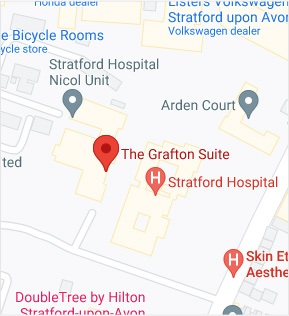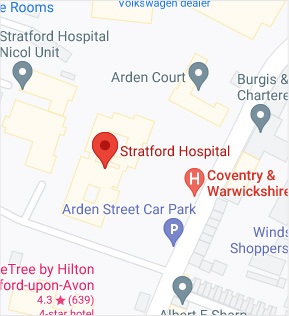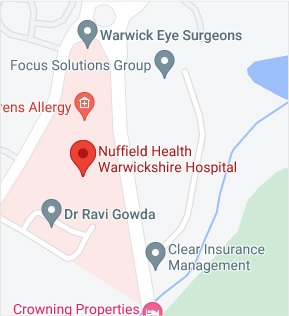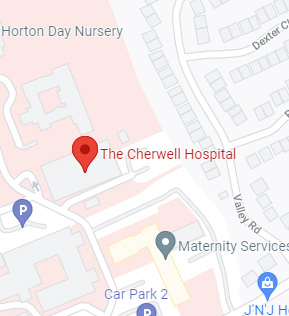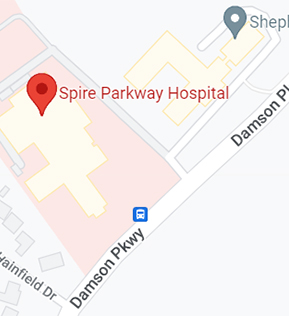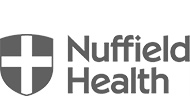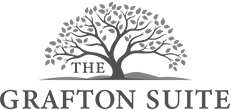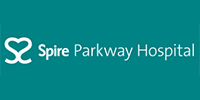What are Triceps Injuries?
The triceps or triceps brachii is a crucial muscle of the upper arm (humerus). It runs along the upper arm bone between the shoulder and elbow. The triceps tendons connect the triceps muscles to the shoulder blade and elbow in your arm. Tendons are strong bands of tissue that attach muscle to bone. A triceps injury is damage to the tendon that attaches the triceps muscle at the back of your upper arm to the shoulder blade and elbow bone. The triceps functions by allowing extension and retraction of the arm and stabilising the shoulder joint.
Types of triceps trauma or injury may include:
- Muscle pulls or strain
- Triceps rupture, a tearing of the tendon
- Tendonitis, inflammation of the tendon
- Tendinosis, chronic degeneration as a result of repeated injuries
Causes of Triceps Injuries
Triceps injuries are common in athletes and sports enthusiasts and may occur suddenly or gradually over time. Some of the causes of triceps injuries include:
- Receiving a sudden blow
- Forcibly straightening the arm
- Overstretching the arm
- Repeated overuse of the upper arm
- Excessive force on the triceps resulting in rupture, such as lifting heavy weights
Signs and Symptoms of Triceps Injuries
Pain is the primary symptom of triceps injuries, which may be severe. Other common signs and symptoms of triceps injuries include:
- Tenderness
- Redness or bruising
- Inflammation
- Stiffness
- Inability to bend or straighten the arm
- Soreness
- Swelling
What Happens If Triceps Injuries are Left Untreated?
Untreated triceps injuries can result in increased arm pain and inability to extend your arm fully. Left untreated, partial triceps ruptures can continue to rupture until they have reached the stage of a complete tear leading to serious complications. A completely torn triceps tendon can weaken your arm considerably leading to significant disability.
Diagnosis of Triceps Injuries
To diagnose triceps injuries, your doctor will review your medical history and conduct a thorough physical examination. During the physical exam, your doctor may press on the triceps area and ask you to move your arm in different positions to check for range of motion and symptoms of pain, weakness, or swelling. If your doctor suspects any rupture of the triceps, then X-ray, ultrasound, or MRI may be ordered to confirm the diagnosis.
Treatment of Triceps Injuries
Treatment of triceps injuries usually depends on the nature and seriousness of the injury. Minor injuries are amenable to conservative treatment, whereas serious rupture injuries that result in the detachment of the triceps tendon from the attached bone will require surgical intervention.
Non-surgical or conservative treatment will typically involve:
- Application of ice and heat to reduce swelling and pain
- Prolonged rest to the injured triceps muscle to promote healing
- Use of compression straps around the triceps muscle to reduce discomfort
- Physiotherapy and exercise regimen to improve range of motion and strengthen muscles
- Use of over-the-counter pain medicines and nonsteroidal anti-inflammatory drugs (NSAIDs)
- Use of corticosteroid injection
The surgical treatment will involve a surgical procedure to repair the ruptured triceps tendon. The procedure involves the following steps:
- Medications through an intravenous line will be administered to help you relax.
- General or regional anaesthesia is administered to keep you comfortable during the surgery.
- Your surgeon will make an incision behind the elbow and drill holes into the end of the ulna (bone in the forearm).
- Your surgeon may also use screws and buttons to attach the tendon to the bone.
- A tendon or a hard tissue from another part of the body may be used to lengthen the existing short tendon in cases of chronic tendon injuries.
- After the tendon is attached to the bone, it is sutured, and the incisions are closed with surgical tape or bandages.


 REQUEST AN APPOINTMENT
REQUEST AN APPOINTMENT



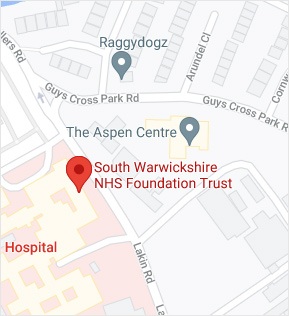
 Ext 4798
Ext 4798